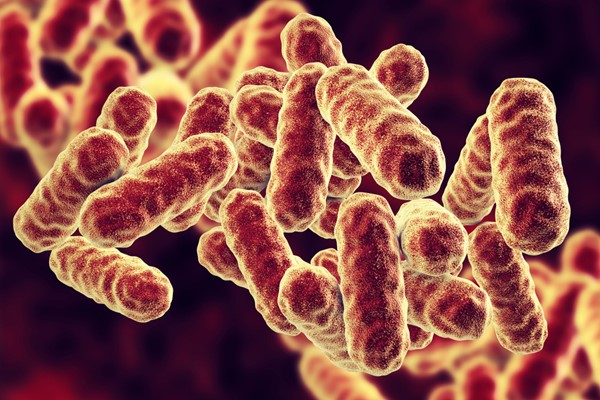What’s That Pink Stuff in the Water?

Whenever you move to a new area, water quality might be one of the things you check. Before you bought your home, you got a green light on the inspection, so everything should be perfect. But, now that you're in your new home, you see a strange pinkish-red film forming in the toilet, on the shower walls, around the bathroom fixtures, and even in the dog’s dish.
You call the water department. They come and test your water, and still, all is well with the tests. What gives? Chances are you have Serratia marcescens. Say what?
Serratia marcescens
At one time considered a harmless little bug, Serratia marcescens bacterium is an opportunistic little pathogen. But it’s not explicitly in your water. It’s in the air in the dust that floats around your home and lands on moist places where it grows. It is in the soil outside your home and may enter into your home by pests, insects, pets, plants, and even your shoes or garden gloves.
Historically, because Serratia marcescens produces a red pigment, ancient actors used it to create fake blood. Since its use throughout history did not connect directly to known illnesses, the saprophyte became a tool used in medical experiments to learn about bacterial infections and even to test potential bioweapons in the 1950-60s.
Unfortunately, a new strain of S. marcescens arrived on the scene after that time that carries pathogenic properties and can cause various illnesses in susceptible populations such as those with compromised immune systems.
To take care of the problem and keep it from building up in your home, clean the wet areas with a chlorine-based compound such as liquid bleach in a ratio of about a quarter cup bleach to a gallon of water. Use it to wipe down bath areas and fixtures. Pour some in the toilet and brush it up around the sides of the bowl to kill as much as possible. Make sure to wash your pet’s dishes frequently. Vacuum and take other steps to mitigate dust as well such as adding HEPA filters to your HVAC system.
The pathogen can grow on window sills that have condensation too, so wipes those down periodically and see about installing higher R-value windows not susceptible to condensation.
If your home is on chlorinated city water, don't worry about it being in your drinking water. The chlorine will kill it. If you have other concerns about your water, or if you are on a well system, contact your community health department to have your water tested.
About the Author

